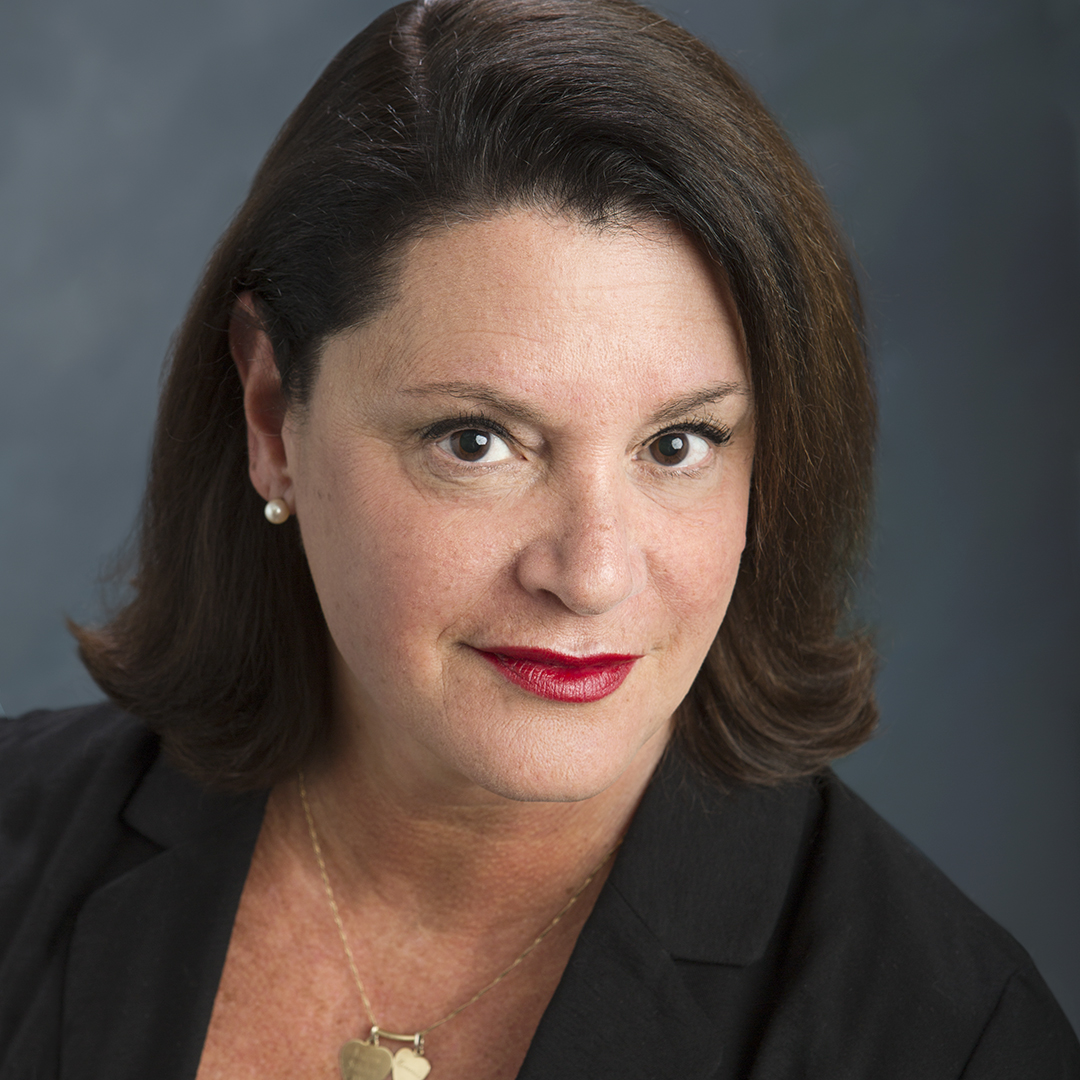A lot has changed since Netflix began shipping DVDs around the country in 1997. The company has become one of the most ubiquitous in modern life, a font of seemingly endless entertainment. It’s gone so far as to become a content creator in addition to a distributor, even earning an Oscar for Best Feature Documentary. In the fourth quarter of 2016 alone—10 years into offering streaming services in addition to DVDs—Netflix added seven million subscribers worldwide, pushing its net profit up 55 percent and bringing revenue up to $2.5 billion. Between 2014 and 2016, the company saw 27 percent growth in head count annually, according to CNBC. All that growth and change means a lot more employees keeping it all moving forward—and a lot more space to keep all of them productive, comfortable, and happy.

Netflix moved into an office in Beverly Hills in 2003, coinciding with its move into content creation. The company quickly outgrew that space, eventually occupying 80,000 square feet across multiple buildings, according to a report from Variety. The latest stage of that expansion has seen Netflix moving 800 Los Angeles employees into a 14-story building with more than 300,000 square feet in Hollywood, a relatively glamorous change from its Los Gatos, California, startup days. The building, known as ICON, stands on the Sunset Bronson Studios lot, formerly the home of Warner Brothers Studios.
Not long after agreeing to that lease, the company made a move on a second, smaller building, called CUE—and an additional 99,000 square feet of sound stages and additional space on the lot. Altogether, the Hollywood campus now totals more than 560,000 square feet, housing employees working countless projects and types of work, from production to tech support.
The legacy and surroundings of the buildings were certainly not lost on Netflix’s leadership. “A building like ICON is a statement—of who you are, what you believe, and what you want to do,” chief content officer Ted Sarandos said at a gathering of the Hollywood Chamber of Commerce in 2017. “It’s aspirational for sure, but beautifully functional.”
Not to be outdone, the Los Gatos offices recently got their own exciting facelift to keep pace. The campus features a handful of buildings beaming with natural light, polished wood, and lots of plant life. Communal areas, cheery cafeterias, outdoor spaces, and tech vending machines that offer everything from wireless mice to headphones keep people happy and productive. And in a move that keeps employees comfortable, saves on air-conditioning and lighting costs, and benefits the environment, smart glass tints and clears in response to environmental conditions, allowing in ideal amounts of light and heat, either automatically or through control from a mobile device or wall-mounted switches.
The smart glass isn’t the end of Netflix’s work toward sustainability and environmentalism. In a June 2017 statement on renewable energy, the organization detailed its aims to minimize use of electricity and to use more renewable energy whenever possible—even joining the EPA’s Green Power Partnership, a voluntary program where businesses commit to using more green energy. In addition, Netflix has committed itself to purchasing carbon offsets when renewable energy isn’t an option. “We know there’s more to be done, and Netflix will continue to explore new ways to reduce our footprint in the coming years,” chief product officer Neil Hunt said in the statement.

Beyond new buildings, leaders such as site workplace operations manager Ochi Scobie are ensuring that the facilities will have spaces and amenities that teams will need to thrive. As the company continues to grow and change rapidly with the needs of modern employees, that can mean developing flexible work spaces to maximize available room. Netflix offices have taken to using “hot-desking,” a strategy whereby a bay of desks are made available to those employees who are in the office that day, assigned based on need—as opposed to holding a desk for an employee who may only be in the office a day or two each week and working from home or visiting other offices the rest of the week.
Scobie is a case study of the kind of leader that excels in Netflix’s empowering but demanding culture. Formerly the first employee of BuzzFeed Video, Scobie helped drive the innovative, lean organization to massive success to the tune of billions of YouTube views per month. Her experience spans countries, industries, and expertise, though always with an eye to helping others succeed, particularly in digital and video production and operations. As a workplace operations manager, that of course involves everything from studio management to commercial real estate and construction. But having opened and run multiple offices and campuses, her experiences set Netflix up for even further success.
Little touches such as the smart glass and hot-desking are clearly working. The organization continues to grow, and employees are apparently happier than those working at other major tech organizations. According to Blind, an anonymous chat app for employees wanting to share experiences and discuss their workplaces, a recent survey showed that Netflix employees reported the lowest rates of wanting to change companies—a full 10 percent lower than Facebook and an astonishing 30 percent lower than Google. While other factors such as compensation and benefits play a part in that fact, developing a comfortable work space and continuing to upgrade and advance for its employees surely does as well.


